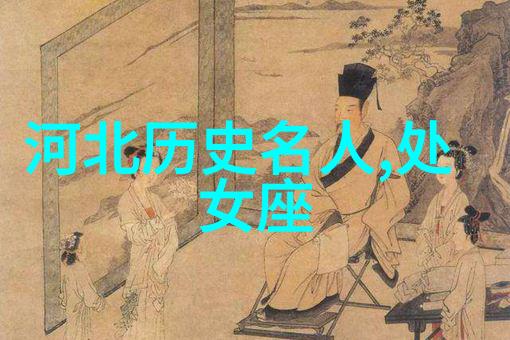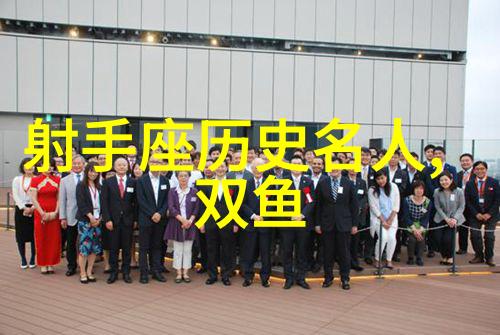在探讨世界历史时,谈谈对其理解的重要性是必要的。我们需要认识到,不同的时代和地区有着不同的政治体制,这些体制塑造了人类社会的发展轨迹。从古代文明到现代社会,政权更迭不断,各种制度兴衰交替。在这篇文章中,我们将深入探讨帝国内阁、共和政体以及专制统治等三种主要政权形式,以及它们如何在世界历史上扮演角色。

帝国与内阁:权力集中与分散
首先,我们来看一下帝国及其内阁制度。这一体系往往由一个强大的君主或皇帝领导,他拥有绝对权威,并通过手picked官员来管理国家事务。这种集权方式使得决策过程更加迅速,但也可能导致腐败和不公正。此外,由于皇帝掌握所有重大政策决定,其个人意志对于国家发展具有巨大影响。

然而,这种集中式治理也有其缺点,如当皇帝能力不足或过度扩张时,就可能引发内部矛盾甚至崩溃。而且,在某些情况下,当君主去世后,继承人之间争夺王位会导致长时间的动乱。因此,无论如何,一定要找到合适的人选以维持秩序并确保稳定的传承。
共和政体:民众参与与平衡力量

相比之下,共和国则是一个以代表人民利益为原则的地方,它通常由民选官员组成,以实现民主原则,即政府属于人民。但是,从实践中看,由于选举本身带有一定的偏见(如财富、教育水平等),这一系统并不总是能够充分反映出全民的声音。此外,因为没有单一领袖,所以决策过程较慢,但同时也能避免任何一个人独断专行。
Republics in history have been known to be stable and long-lasting, but they also require a certain level of civic engagement and education among the population. When this is lacking, corruption can easily take hold.

专制主义:一人之手指挥天下?
最后,让我们看看专制主义,它通常意味着一个个人的绝对控制,也就是说,只有最高领导者才能做出最终决定。这可以是一位君主、一位独裁者或者其他类似的个人。在一些情况下,这种系统可以提供快速而果敢的反应,因为决策者的每一步行动都是直接执行。但这种极端集中的特征也容易造成暴行、压迫以及无视多数人的意见。

Despite its potential drawbacks, authoritarian regimes can sometimes maintain stability in times of crisis or when a strong leader emerges. However, this comes at the cost of individual freedoms and often leads to widespread discontent.
In conclusion, understanding political systems throughout world history provides valuable insights into how different societies have developed over time. Whether it's an empire with its centralized authority or a republic that seeks to balance power among its citizens or an authoritarian regime that relies on one person's willpower, each system has contributed significantly to shaping our global landscape today. By examining these various forms of governance we can gain perspective on our own democratic institutions and strive for improvement through learning from others' successes as well as their failures.




